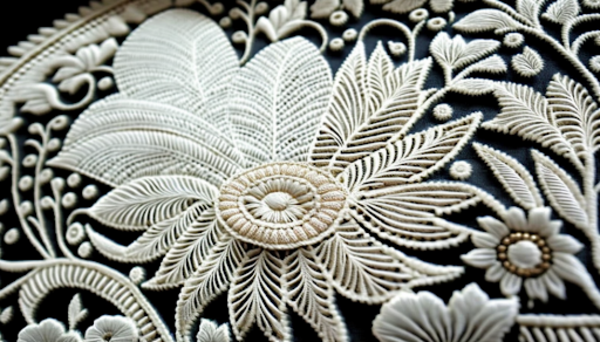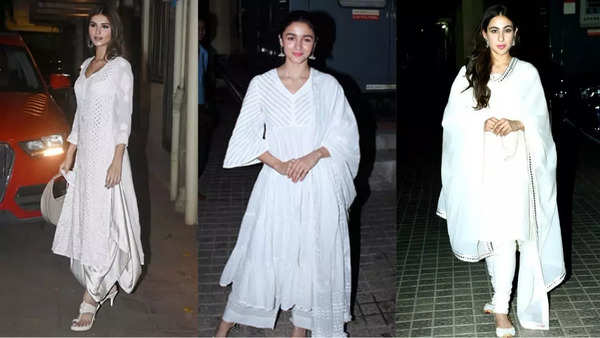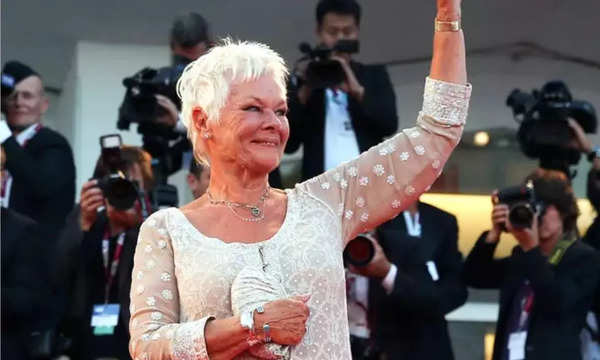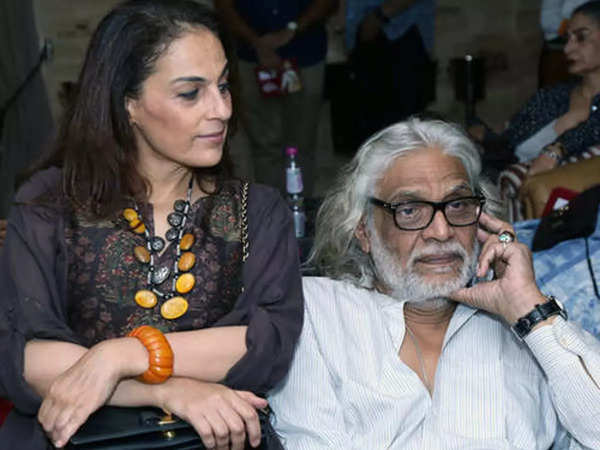Origins of Chikankari
Chikankari’s origins are shrouded in legends and historical narratives. It is believed to have been introduced to India by Nur Jahan, the wife of Mughal Emperor Jahangir, in the 17th century. The word ‘Chikan’ is derived from the Persian word ‘Chakeen,’ meaning delicate patterns. Initially, it was a royal craft practiced by the women of the Mughal court, and it gradually spread to the masses.
In its early days, Chikankari was done on muslin cloth with white thread, creating a subtle, elegant effect. The craft involves a variety of stitches, including tepchi (running stitch), bakhiya (double back stitch), and murri (French knots), among others. Each stitch contributes to the intricate patterns that define Chikankari.

The craftsmanship behind chikankari
Chikankari is more than just embroidery; it is an art form that requires precision and patience. Artisans, known as ‘karigars,’ spend hours meticulously working on each piece. The process begins with block printing the design on fabric, followed by hand embroidery. The finished product is then washed to remove the block print, revealing the intricate Chikan work.
The fabric traditionally used for Chikankari includes muslin, cotton, and silk, but modern adaptations have introduced georgette, chiffon, and other materials. This adaptability has allowed Chikankari to evolve with changing fashion trends while retaining its essence.

Chikankari’s evolution
The evolution of Chikankari from a regional craft to a global fashion trend can be attributed to several factors. The Indian independence movement played a significant role in reviving traditional crafts, including Chikankari. Post-independence, the Indian government and various NGOs worked towards promoting and preserving this art form, providing support to artisans and creating awareness about Chikankari.
In the late 20th century, Indian designers and fashion houses began incorporating Chikankari into contemporary fashion. Designers like Abu Jani and Sandeep Khosla, Manish Malhotra, and Tarun Tahiliani have showcased Chikankari in their collections, blending traditional techniques with modern aesthetics. This fusion of old and new caught the attention of fashion enthusiasts globally, paving the way for Chikankari’s international acclaim.

Chikankari in global fashion
Chikankari’s entry into the global fashion scene was marked by its appearance on international runways and red carpets. Hollywood celebrities, such as Naomi Campbell and Judi Dench, have been seen wearing Chikankari ensembles, bringing the craft into the limelight. The delicate embroidery and versatility of Chikankari make it suitable for a wide range of clothing, from casual wear to haute couture.
Fashion designers worldwide have embraced Chikankari, incorporating it into their collections and showcasing its elegance and sophistication. The global demand for sustainable and ethical fashion has also contributed to Chikankari’s popularity, as it is a handmade craft that supports local artisans and promotes traditional techniques.

The role of social media
The rise of e-commerce and social media has played a crucial role in bringing Chikankari to a global audience. Online platforms have made it easier for consumers worldwide to access Chikankari products, while social media influencers and fashion bloggers have showcased the beauty of this embroidery to their followers. The visual appeal of Chikankari, with its intricate patterns and delicate craftsmanship, makes it a favorite among social media users, further boosting its popularity.
The impact of Meera and Muzaffar Ali
One of the most significant contributions to the global popularity of Chikankari came from the renowned designer duo Meera and Muzaffar Ali. Known for their label Kotwara, the Alis have been instrumental in modernizing Chikankari and presenting it on international platforms. Their innovative designs, which seamlessly blend traditional Chikankari with contemporary fashion, have captivated audiences worldwide. By showcasing their collections at prestigious fashion weeks and dressing celebrities in Chikankari outfits, Meera and Muzaffar Ali have played a pivotal role in elevating this traditional craft to global haute couture status. Their work not only highlights the beauty of Chikankari but also emphasizes its cultural significance and artisanal value.

The challenges
Despite its global success, Chikankari faces several challenges. The art form requires significant time and skill, which has led to a decline in the number of artisans practicing it. Additionally, the market is flooded with machine-made imitations that undermine the value of authentic Chikankari.
To address these challenges, there is a need for continued support from government and non-governmental organizations to preserve and promote this craft. Initiatives such as training programs for new artisans, financial support, and creating market linkages can help sustain Chikankari. Moreover, raising awareness among consumers about the importance of buying authentic, handmade Chikankari can protect the craft and ensure fair compensation for the artisans.
Janhvi Kapoor Calls Out Orry’s 9-5 Job Mockery: ‘This Isn’t Friendly’
The future of Chikankari looks promising as designers and consumers alike continue to appreciate its timeless appeal. The growing trend towards sustainable and ethical fashion also bodes well for Chikankari, as more people seek out handmade, artisanal products.
Chikankari’s journey from the royal courts of Lucknow to the global fashion stage is a testament to the enduring appeal of this intricate craft. Its evolution, driven by the creativity of artisans and the vision of designers, has ensured that Chikankari remains relevant in the ever-changing world of fashion. As we celebrate the global supremacy of Chikankari, it is essential to support the artisans who keep this beautiful tradition alive and to appreciate the rich cultural heritage that it represents. Through continued efforts to promote and preserve Chikankari, this exquisite embroidery will continue to enchant fashion enthusiasts worldwide for generations to come.

